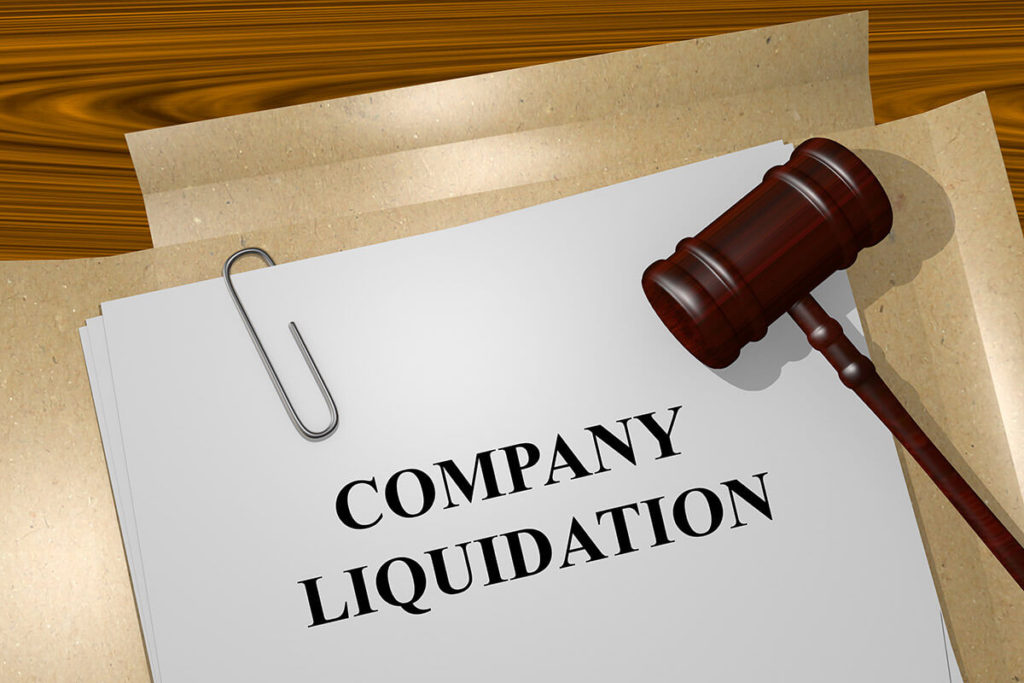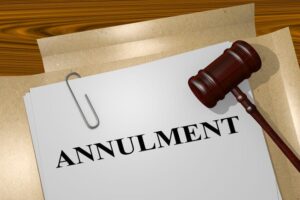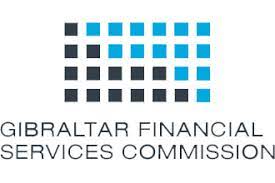Liquidation advice for creditors in a CVL

In a creditors’ voluntary liquidation (CVL), the liquidator / insolvency practitioner (IP) turns the insolvent company’s assets into cash, and pays their own expenses before distributing revenue to creditors.
As in all statutory insolvency procedures, secured creditors receive payment before preferential creditors.
Any revenue that remains after preferential creditors have been paid is distributed equally among unsecured creditors. The process is complete when the company is dissolved together with all its debts.
Normally, an insolvent company enters a CVL after its directors have concluded the business cannot be saved. To commence a creditors’ voluntary liquidation, the director(s) must:
- Convince 75% of shareholders to wind up the company
- Appoint an IP to act as liquidator
Creditors in these circumstances gain leverage by uniting. As soon as an astute creditor receives notification of a statutory insolvency procedure, they will:
- Obtain a copy of the creditors’ list
- Make contact with other creditors
- Galvanise support
- Establish a creditors’ committee
Greater rewards
The liquidation process can be more rewarding for creditors. But they must first become proactive and conscious of their powers. A well-informed and active creditor remains engaged throughout the entire creditors’ voluntary liquidation (CVL) process because they:
- Have an unsecured stake in the company
- Know that reducing the company’s expenses will help to increase their dividend
The director(s) will select an insolvency practitioner (IP) to facilitate the creditors’ voluntary liquidation (CVL). Nevertheless, creditors appoint the IP and effectively pay for the liquidation.
And that’s why you must find out as much as you can about the director-nominated IP as soon as possible. It’s in creditors’ interest to ensure the insolvency practitioner has no prior relationship with the director(s) of the insolvent company.
CVL creditors should form 1 group
To gain control over the insolvency, at least 50% of the debt value of creditors should merge into 1 group. A strong assembly of creditors can replace the nominated IP with 1 of their choice. But creditors who want to do this must act quickly because they only have a few days to:
- Converse
- Plan
- Form a cohesive group
Even if the director-nominated IP becomes liquidator, creditors may still require the liquidator to establish a creditors’ committee to:
- Set the liquidator’s fees
- Oversee transactions
Naturally, some IPs avoid and rarely promote creditors’ committees. In the absence of a creditors’ committee, they usually send creditors a resolution on their fees.
Unless at least 10% of creditors object, all creditors in the CVL are deemed to have accepted the IPs resolutions so they are free to trade and charge fees without any oversight.
Understanding the winding up petition: A crucial tool
In the world of insolvency, a winding up petition holds significant importance. When a company has received a statutory demand (SD) and fails to raise…
Read MoreUrgent Call to Action: Have You Invested in Beech Holdings (Manchester) Ltd?
If you or anyone you know has invested in Beech Holdings (Manchester) Ltd, it’s time to take action immediately and get in touch. The Situation…
Read MoreBankruptcy Annulment: A Fresh Start for Financial Recovery
Bankruptcy is often viewed as a last resort for individuals overwhelmed by debt, offering a path to financial relief but also leaving a significant mark…
Read MoreCastle Trust and Management Services Ltd- The Big Problem for the Gibraltar Financial Services Commission
The collapse of Castle Trust and Management Services Ltd (CTMS) has raised serious questions aboutthe role and effectiveness of the Gibraltar Financial Services Commission (GFSC)…
Read More



